The British National Archive has published an encrypted letter from the 17th century. The solution is known, but many other encrypted notes of the same kind still wait to be broken.
The British National Archive at Kew (London) harbors many documents that are interesting for crypto enthusiasts. One of my favorites is a censorship manual from World War 2 that can be found there – I recently introduced it in a blog post.
William Perwich’s cipher letter
An article posted by the National Archive last Thursday covers another interesting crypto document from this collection: a partially encrypted letter written by William Perwich, a 17th century English agent in France. Thanks to Ralf Bülow for the hint. The story behind this message is given in detail in the article. I will only deal with the crypto part.
It’s not very difficult to decrypt Perwich’s letter, as the cleartext characters are noted above the code numbers. Here’s the cleartext:
But now whilst all the world was in tears & extraordinary affliction, you may well aske what/did/Monsr/whi/he imediatly emploied/himself/in/sesing/all/Madmes money/to/a/f-a-r-thing in any of her/ladis/hands/.al/her/i-e-w=e-l-s & imediatly hastned/to Paris & tumble over her/papers/al/the people/belieue/s hee was [279 – untranslated] poisond
What did Monsieur? Why, he immediately employed himself in seizing all Madame’s money to a farthing in any of her ladies’ hands [and] all her jewels
The encryption method used by Perwich is a so-called nomenclator. A nomenclator is based on a substitution table that replaces each letter of the alphabet and some frequent words with a number. Here’s a very simple example:
A=1, B=2, C=3, …, Z=26, London=27, Paris=28, Rome=29, today=30, tomorrow=31
Using this nomenclator the cleartext WILL TRAVEL FROM LONDON TO PARIS TOMORROW encrypts to:
23 9 12 12 / 20 18 1 21 5 12 / 6 18 15 13 / 27 / 20 15 / 28 / 31
Some nomenclators use letter sequences or symbols instead of numbers. Some include nulls (numbers without meaning) and homophones (several numbers with the same meaning).
For centuries, nomenclators were by far the most popular encryption method. They were used by the military, by diplomats by aristocrats and by the clergy. The pope in Rome started using nomenclators as early as in the 14th century. In the 18th century, nomenclators developped more and more to books (referred to as codebooks) with 50,000 and more entries. Codebooks played a major role in cryptology until in the 1930’s they were replaced by cipher machines.
Here’s a typical nomenclator (in French) from the 17th century. It replaces letters, letter pairs and words, and it features homophones. I found it in the paper Briefe durch Feindesland published by Gerhard Kay Birkner in the proceedings of the conference Geheime Post (2015).
Here’s another nomenclator (Italian). I took it from a now defunct website created by Prof. Klaus Pommerening:
The following image shows a codebook page from the early 20th century:
Hard to solve, even with modern technology
Today’s archives harbor hundreds of thousands of nomenclator messages from former centuries. In many cases, the substitution tables have been preserved, sometimes even the cleartext is availabe (like in Perwich’s case). If no such aid is given, solving a nomenclator message is often a challenge.
E.g., the following encrpyted message from the late 18th century still waits to be solved (here’s some more information about it):
Here’s another difficult nomenclator message (check here for details):
The following is a transcript of an unsolved Dutch nomenclator message from the early 19th century:
While breaking nomenclator messages is an old craft in cryptology, much of the expertise that once existed seems to have been lost. There’s not much literature about nomenclator cryptanalysis, and I am not aware of a current expert in this field. I hope, this fascinating part of crypto history will gain more importance again in the future.
Follow @KlausSchmeh
Further reading: The Rilke Cryptogram

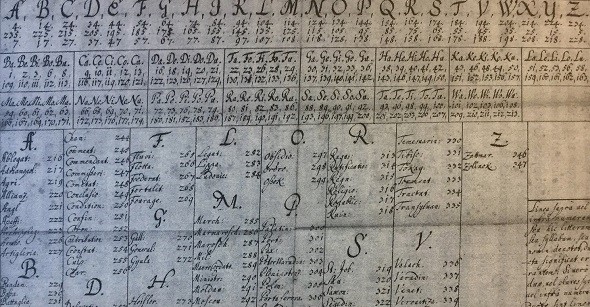
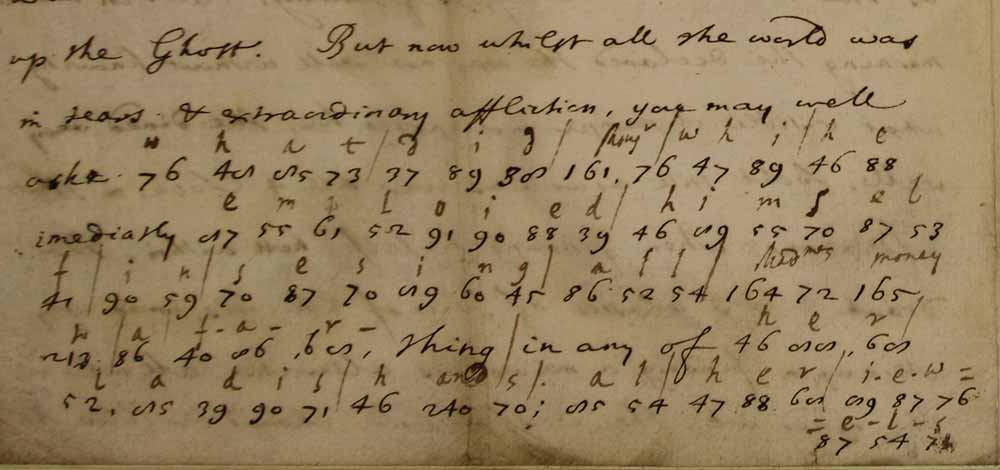
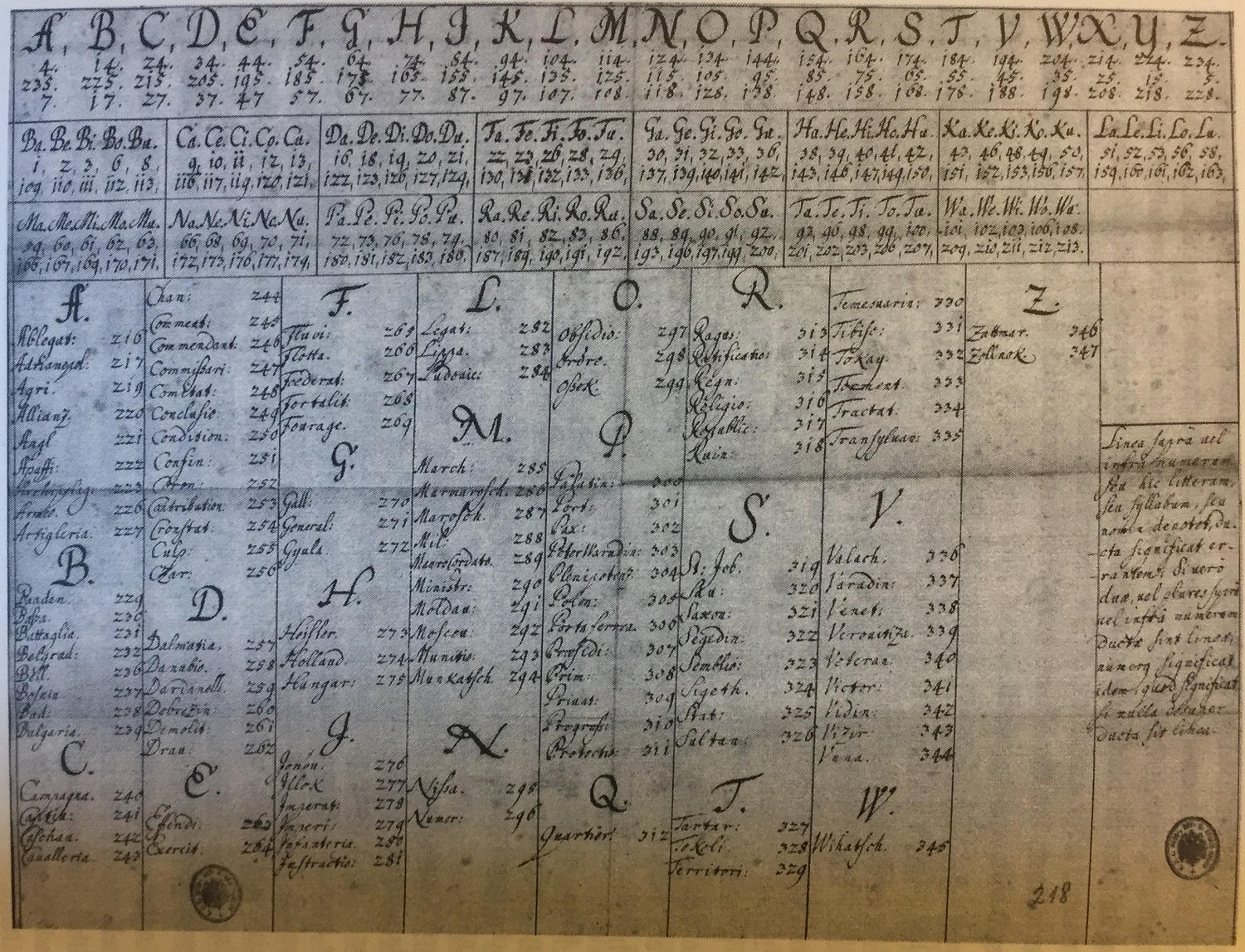
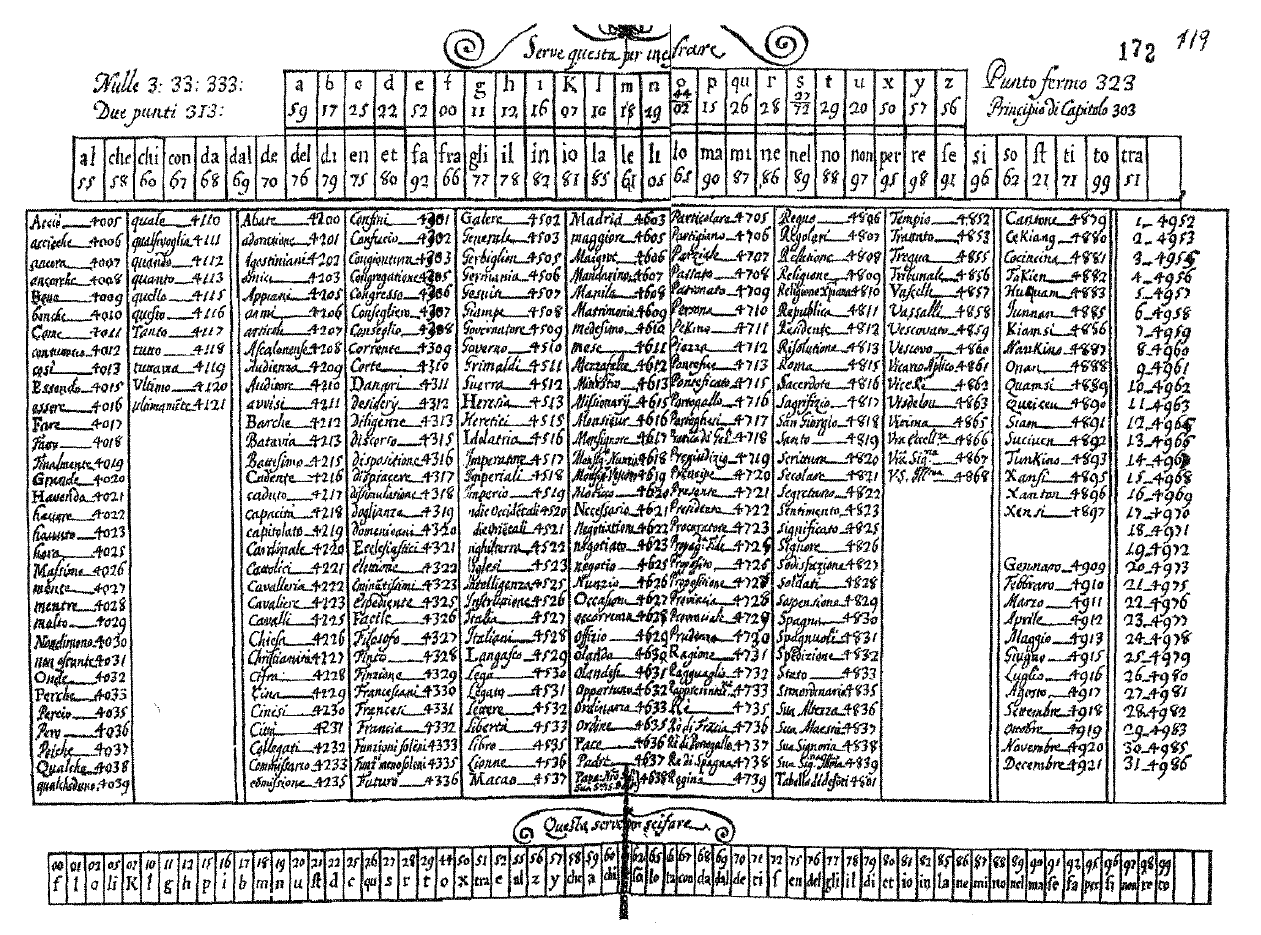
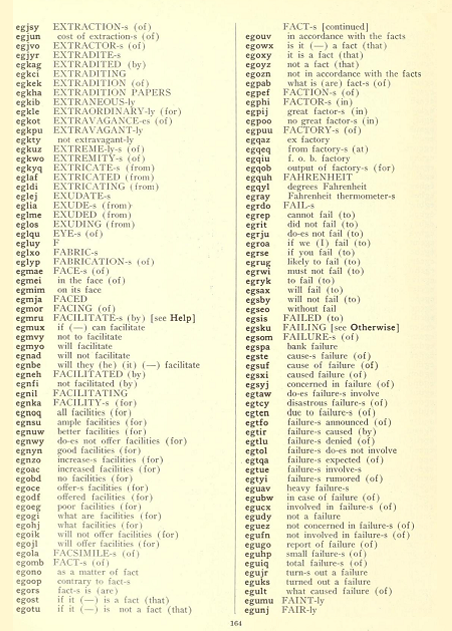
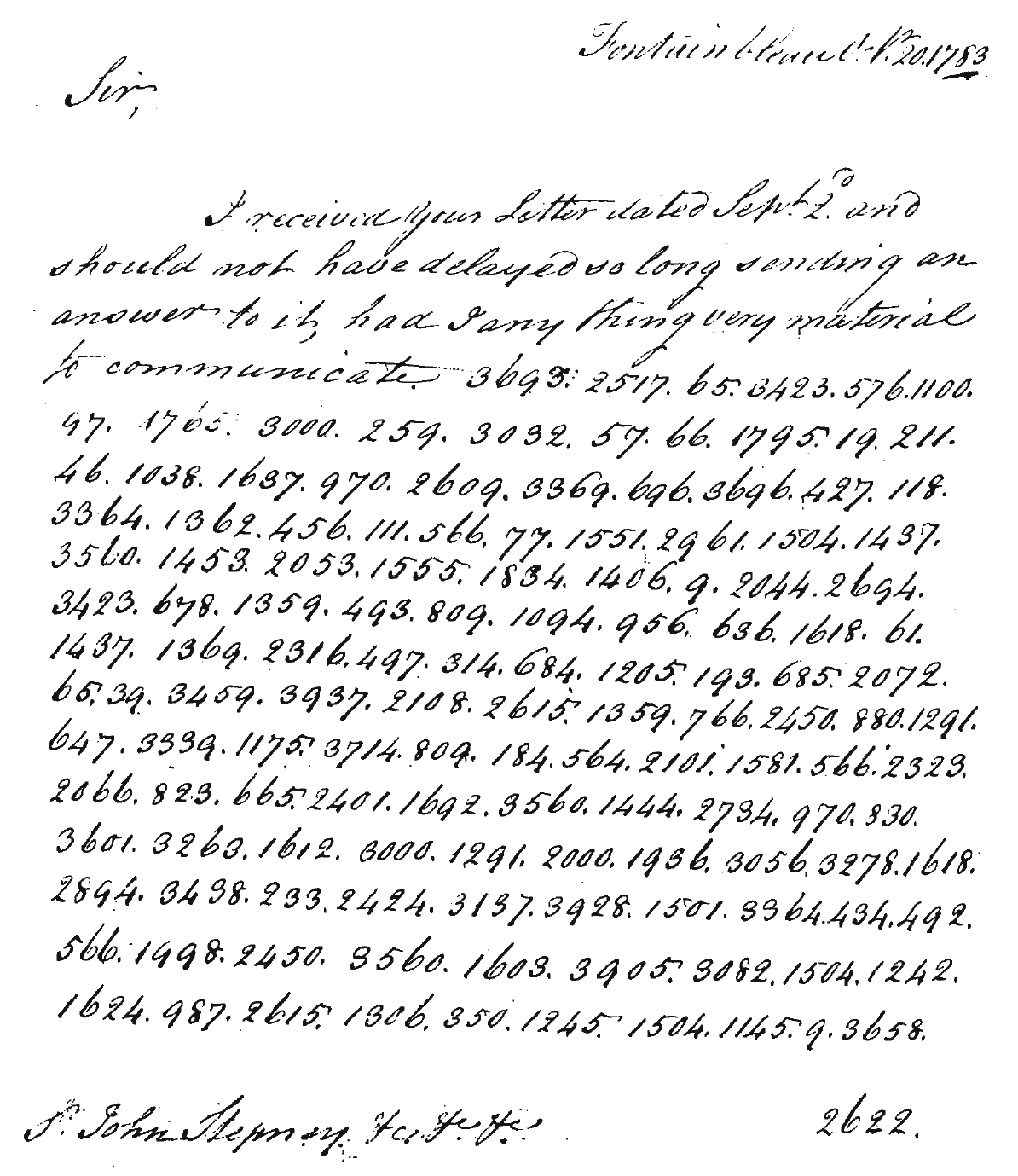
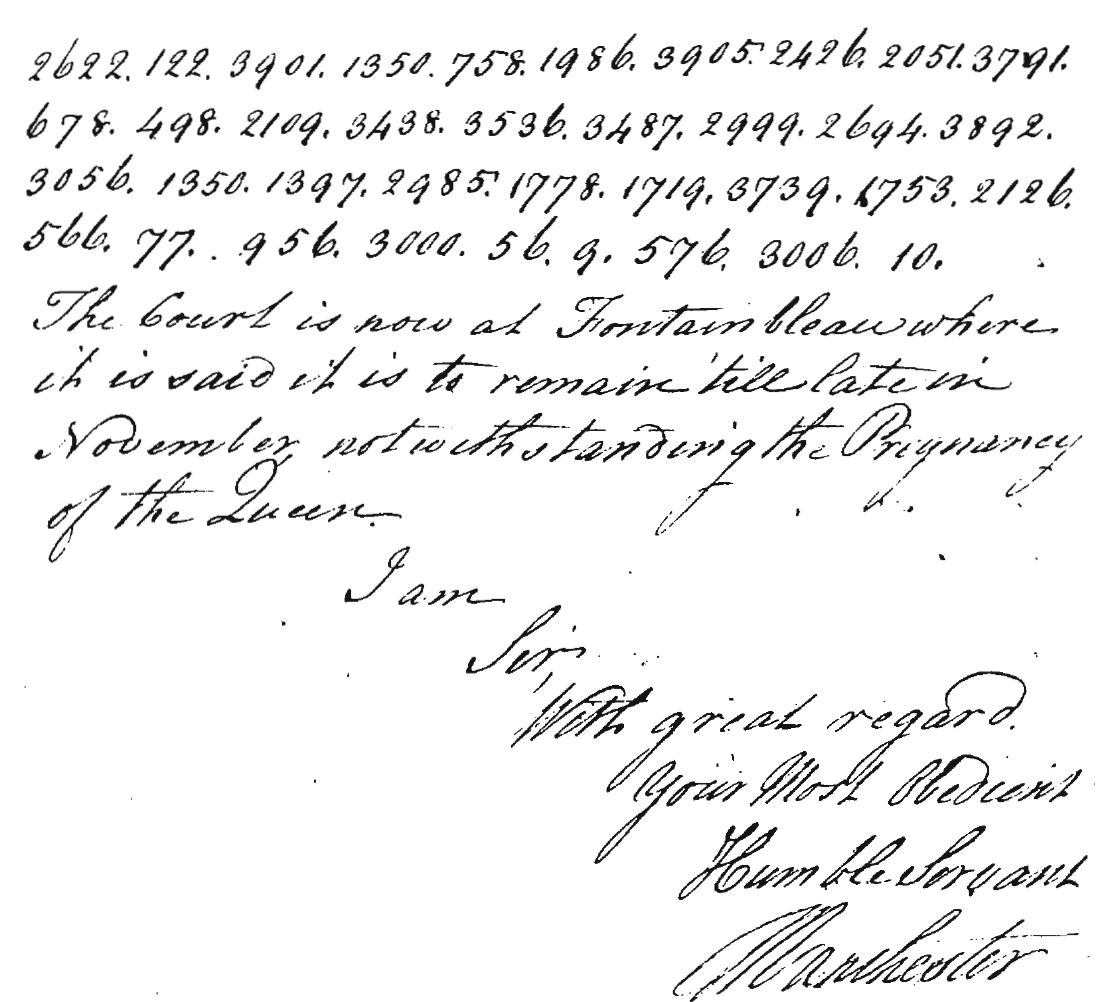
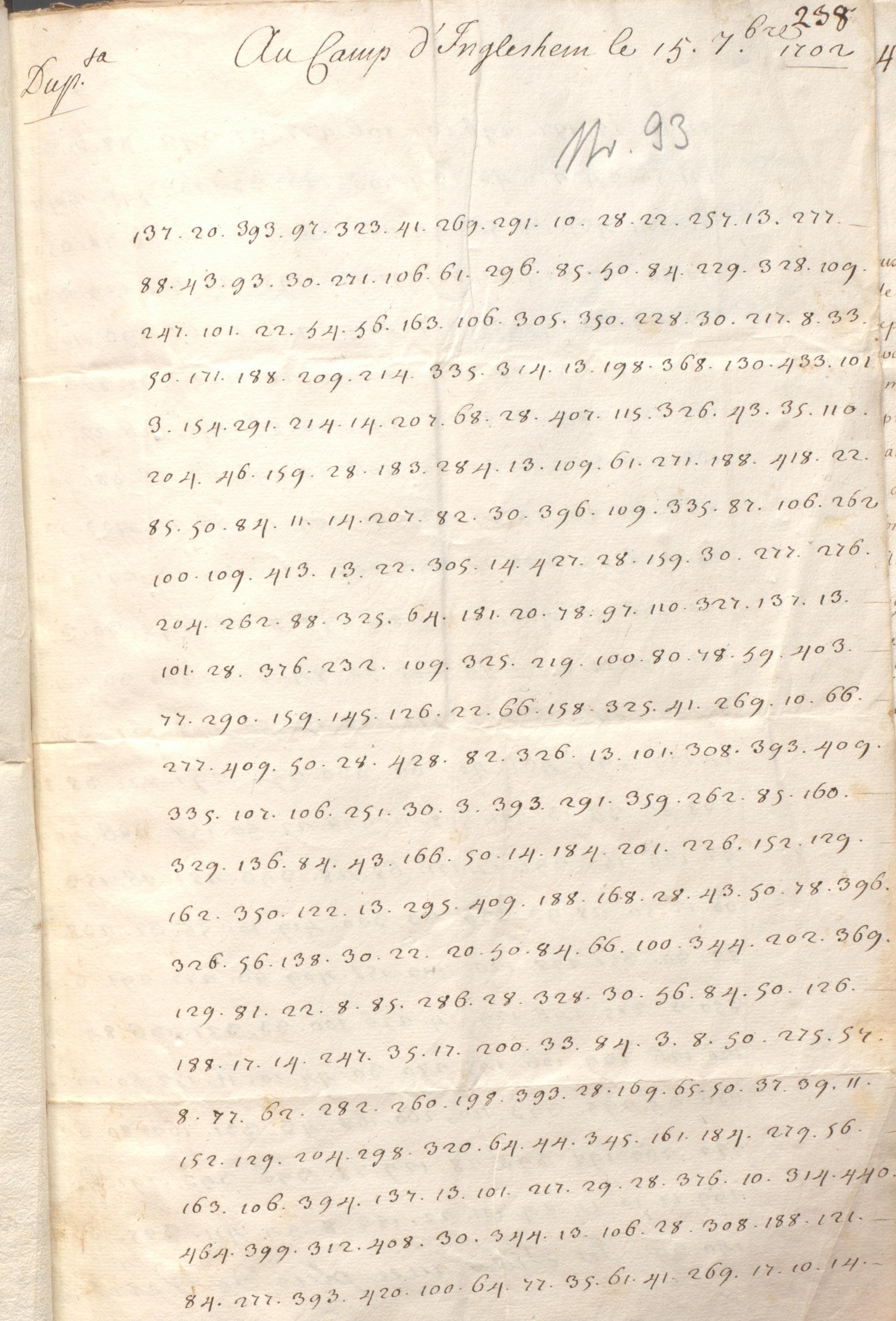
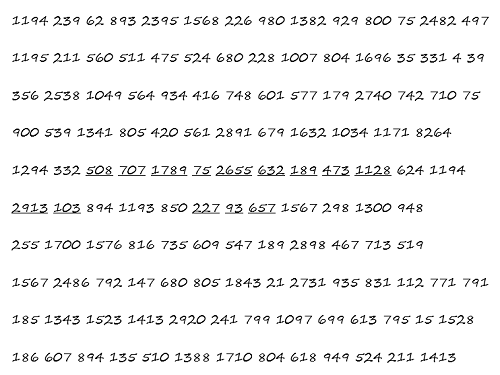

Kommentare (4)